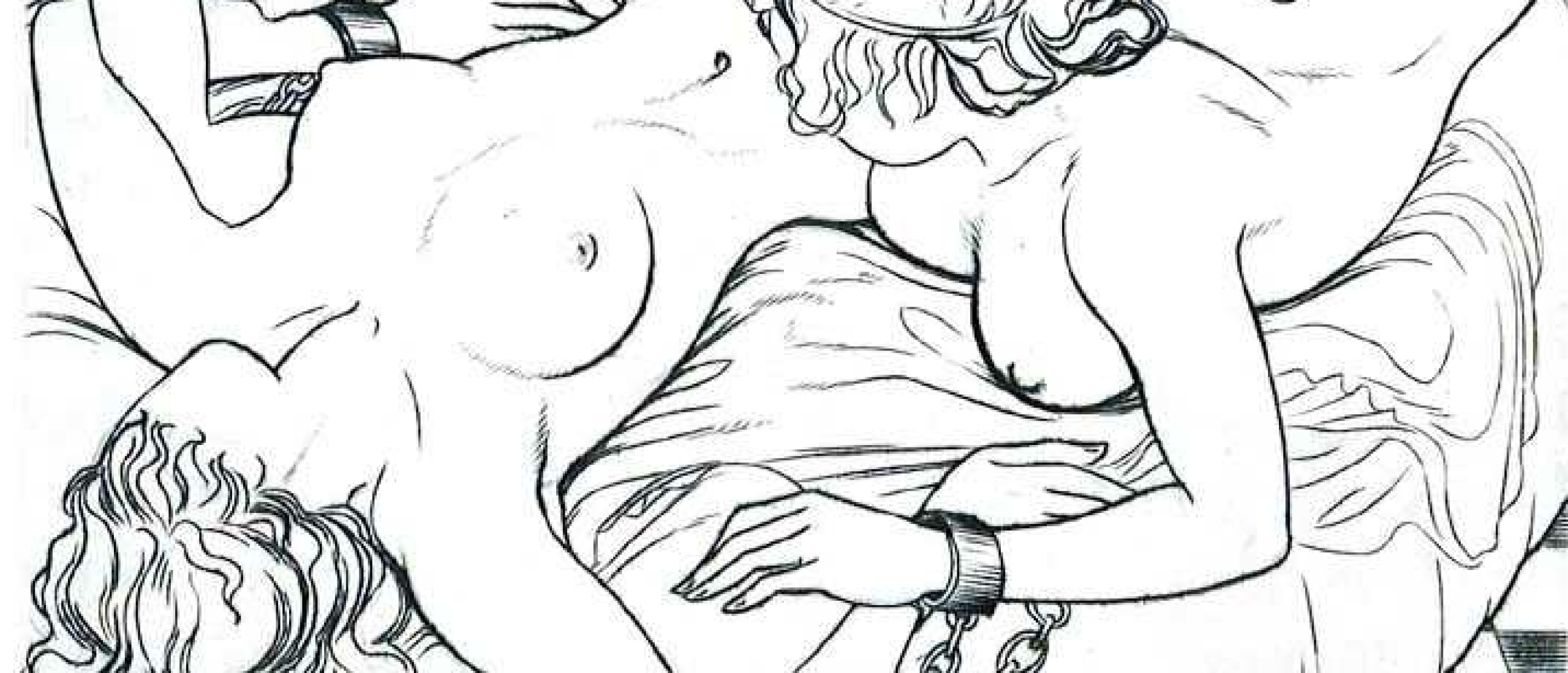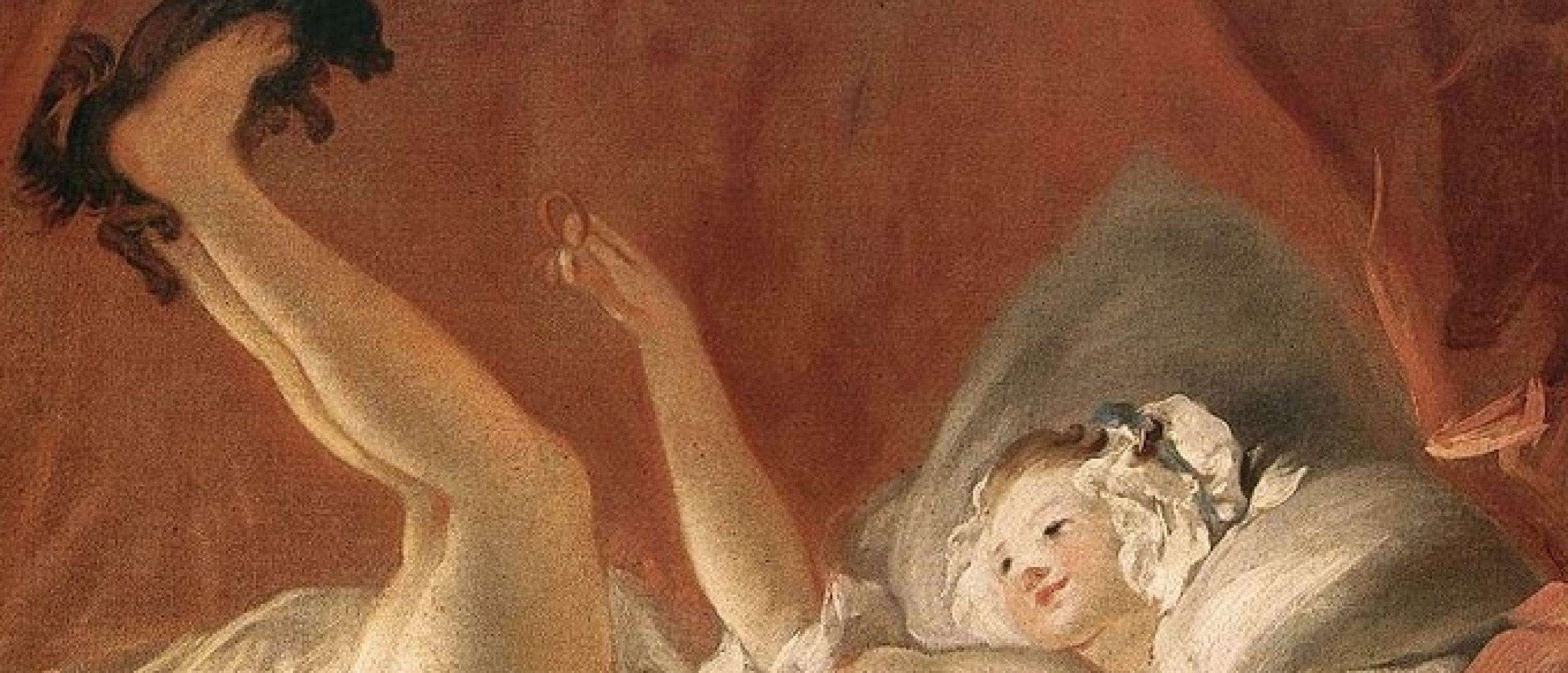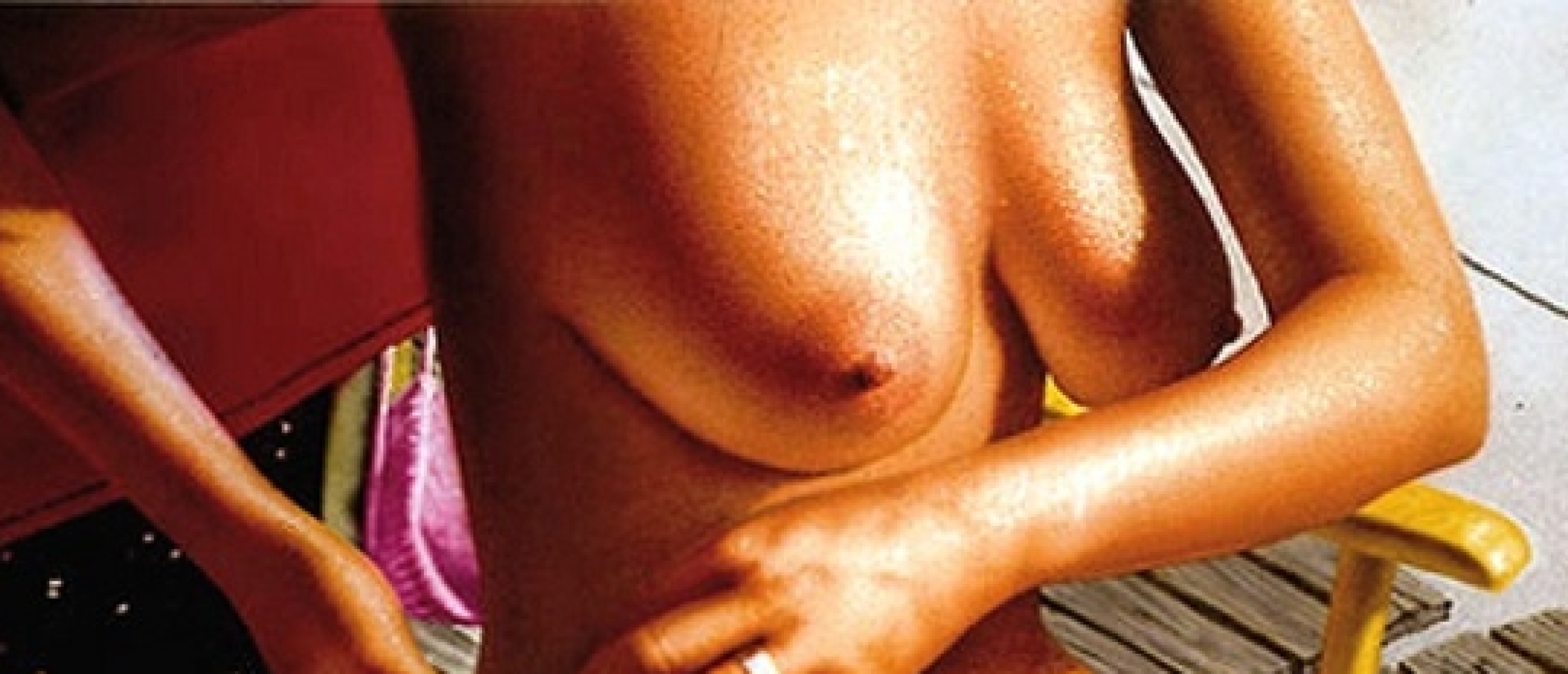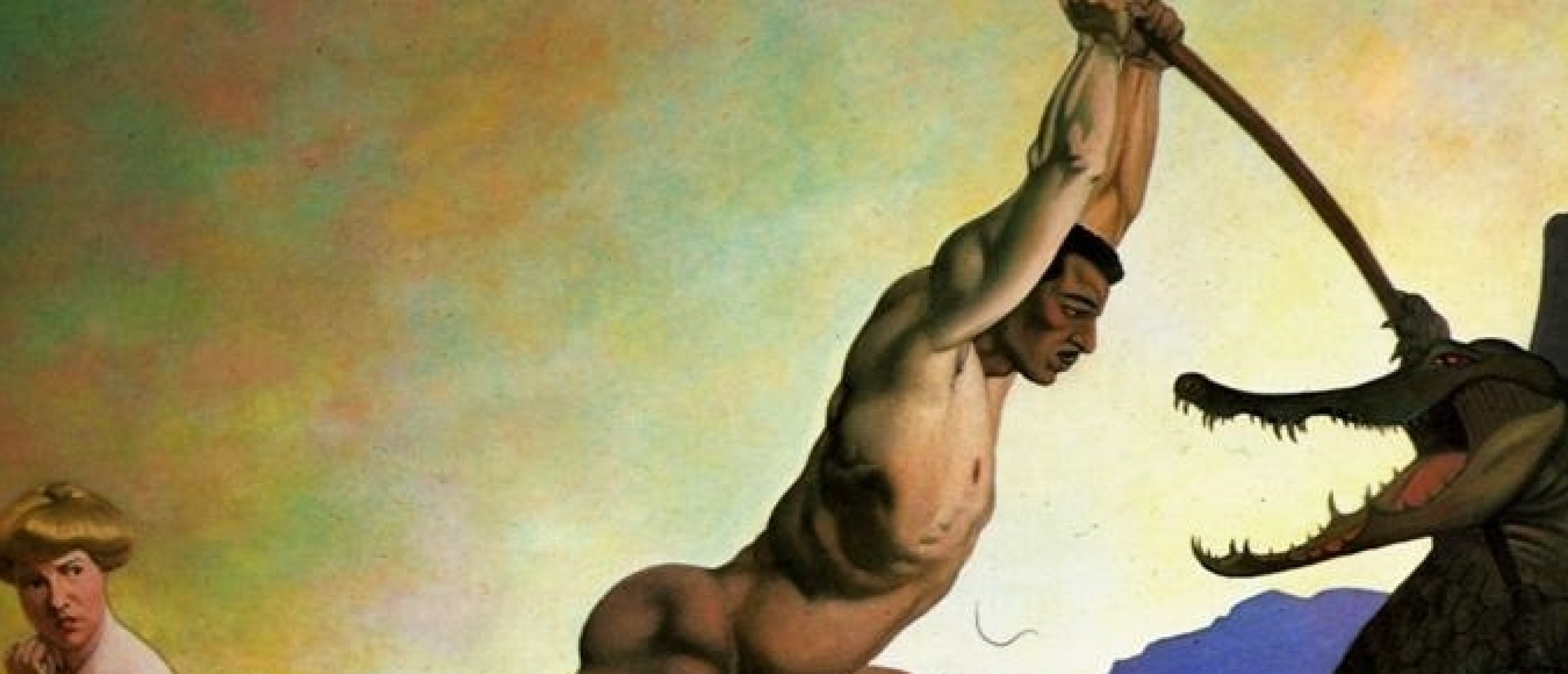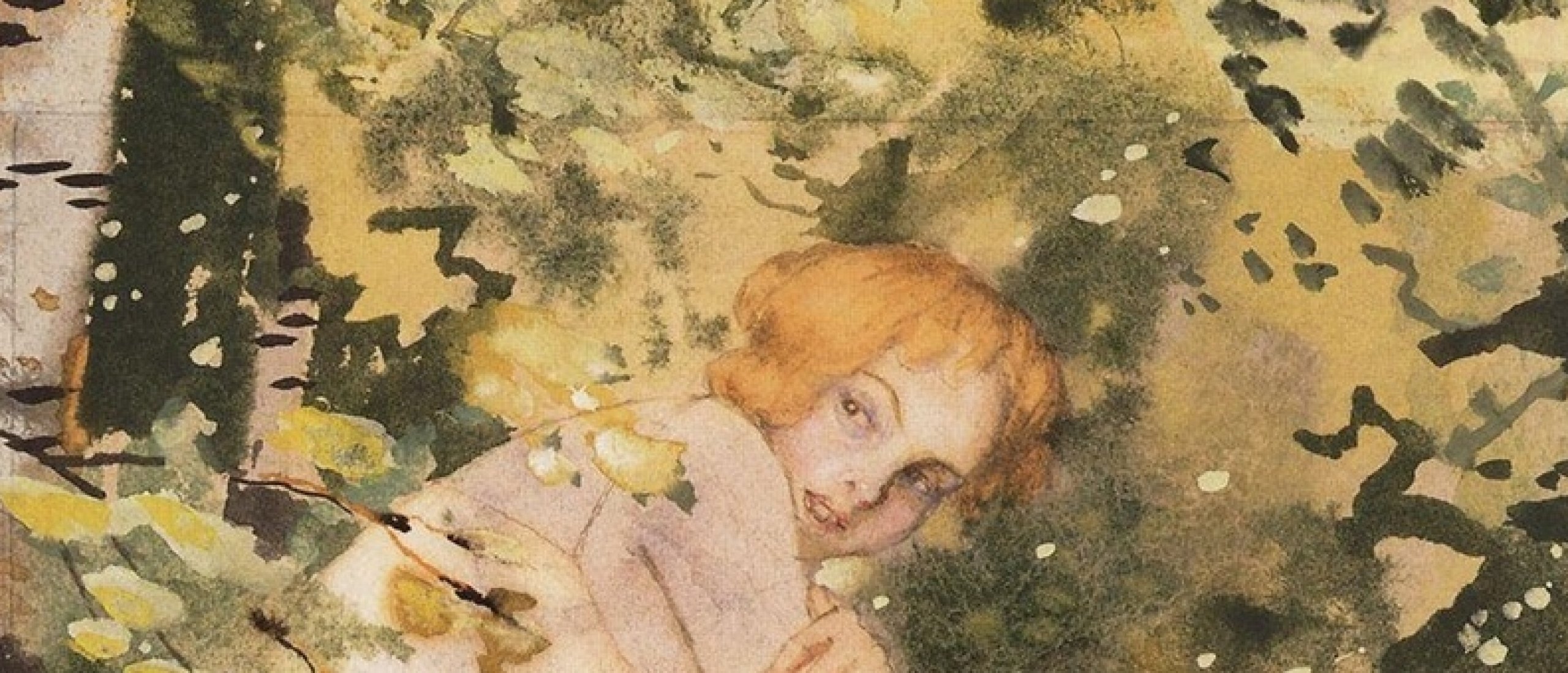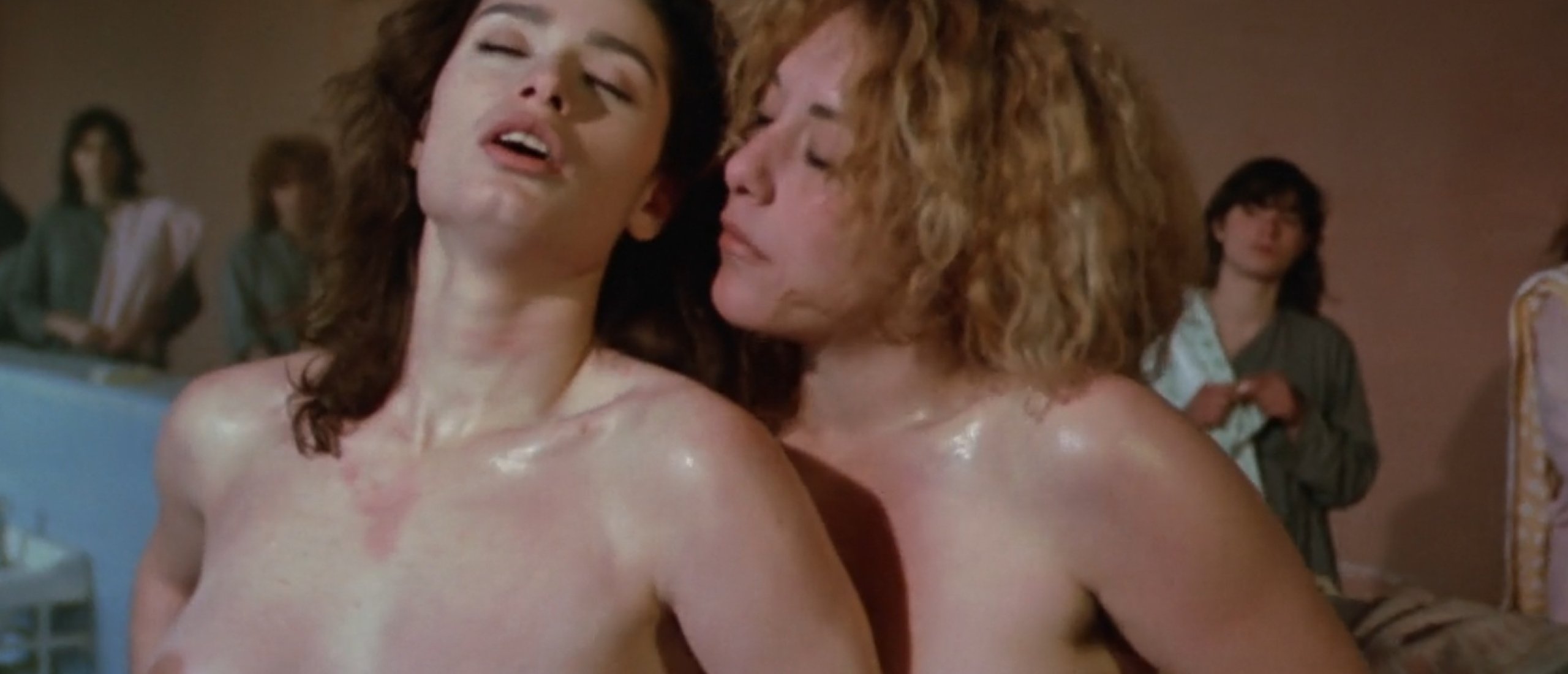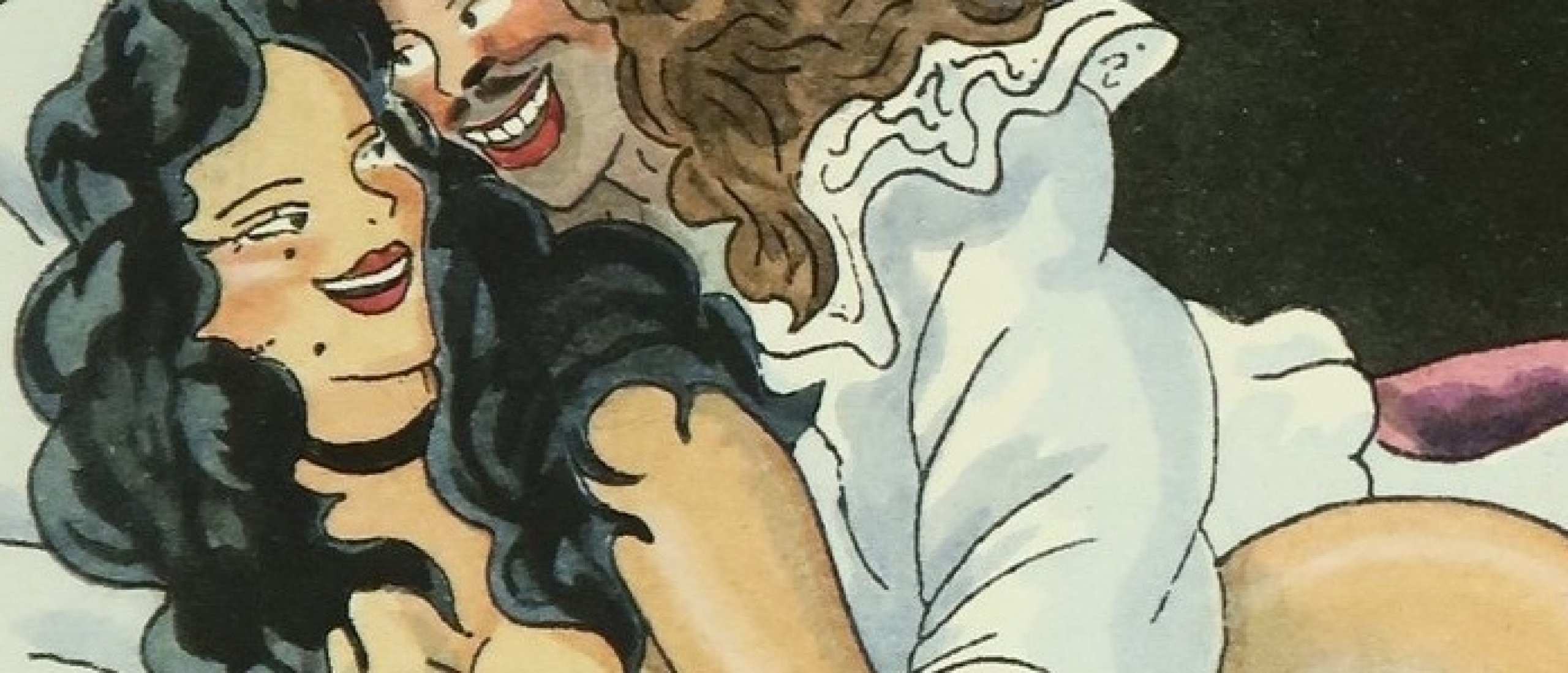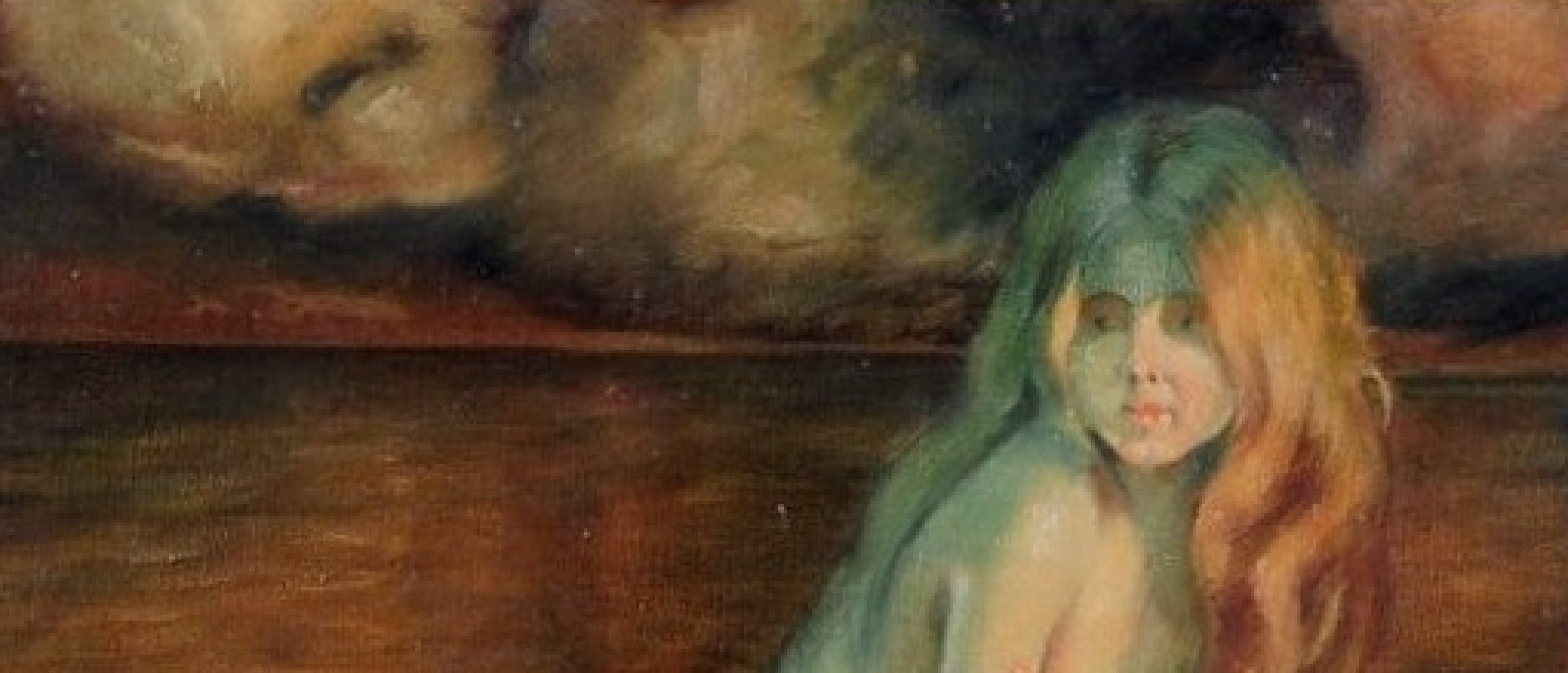
Very few motifs in art history have endured with such persistence as the image of the female bather. Across cultures and centuries, the act of bathing has provided artists with a subject that is at once intimate and universal; a female figure who is suspended between vulnerability and beauty, between purification and desire. The bather is never simply a nude: she is a vision shaped by the artist’s gaze, by cultural ideals, and by the symbolic associations of water itself.
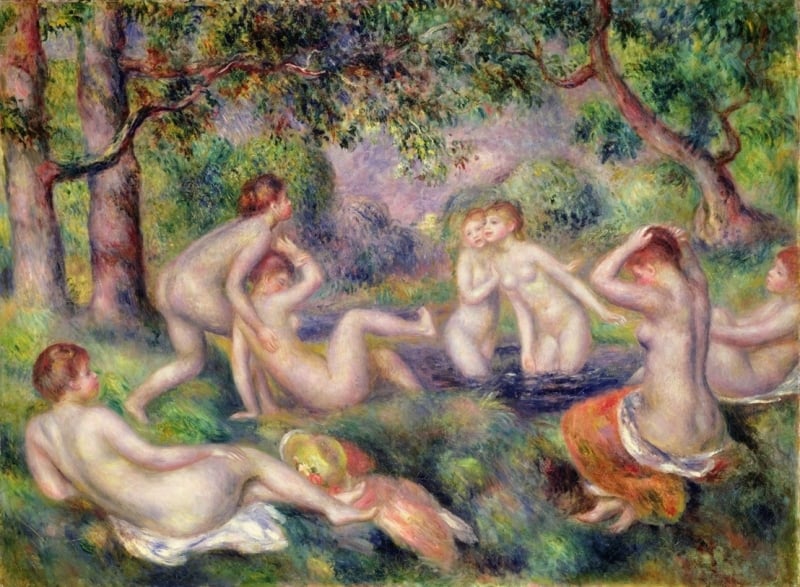
Fig.1 Renoir, Bathers in the Forest, 1897
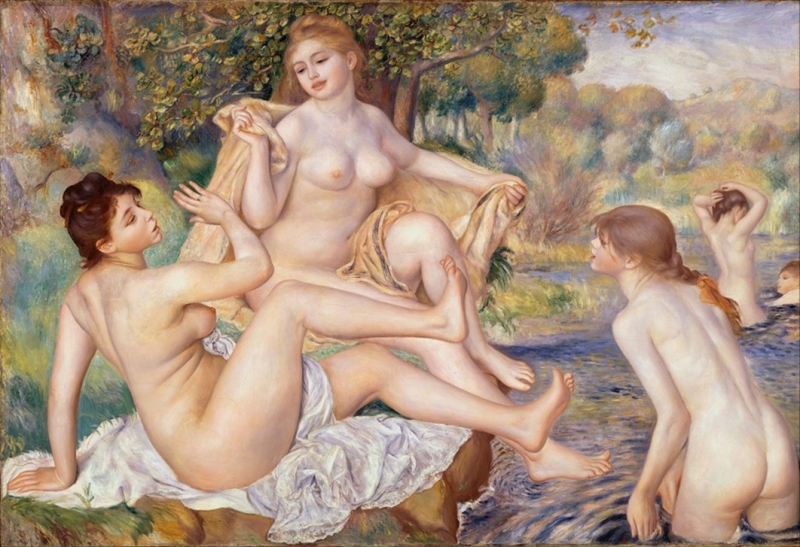
Fig.2 Renoir, Large Bathers, 1884-87
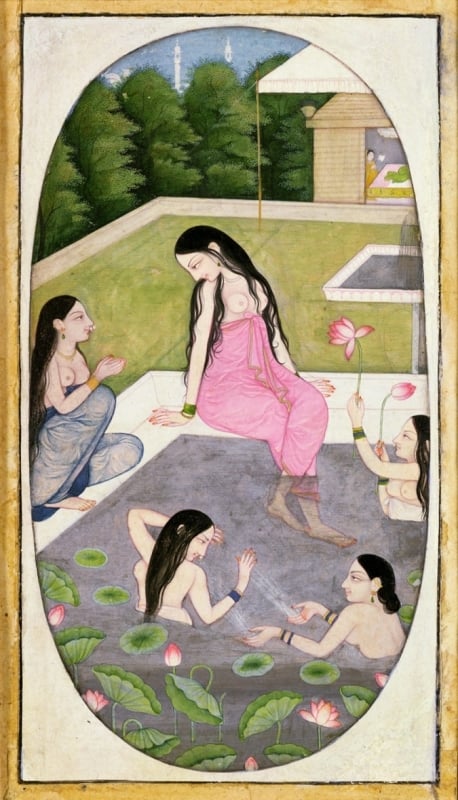
Fig.3 Ladies Bathing in a Garden, Kangra, 1750-75
Spied Upon By the Elders
In the ancient Greek and Roman art, bathing scenes often appeared in connection with mythology. Goddesses such as Aphrodite (Venus) emerged from the sea as eternal icons of beauty, while Diana (Artemis) was imagined bathing in secluded groves, her privacy violated by the mortal Actaeon. These early stories established enduring themes: the goddess at the water’s edge embodies both purity and eroticism, while the motif of the voyeur highlights the danger of desire. In medieval art, bathing appeared less frequently, but when it did it was almost always painted under the guise of allegory or a biblical narrative, think of motifs such as Bathsheba bathing under King David’s gaze, or Susanna spied upon by the elders. These Biblical stories translated on canvas emphasised morality and temptation by turning the bather into a figure of sin and spectacle. In Renaissance artists revived classical ideals, and the bathing female nude became an emblem of unrestrained, natural beauty. Titian’s ‘Venus of Urbino’ and his mythological ‘Diana and Actaeon’ draw upon the motif of bathing to explore the tension between public display and private intimacy.
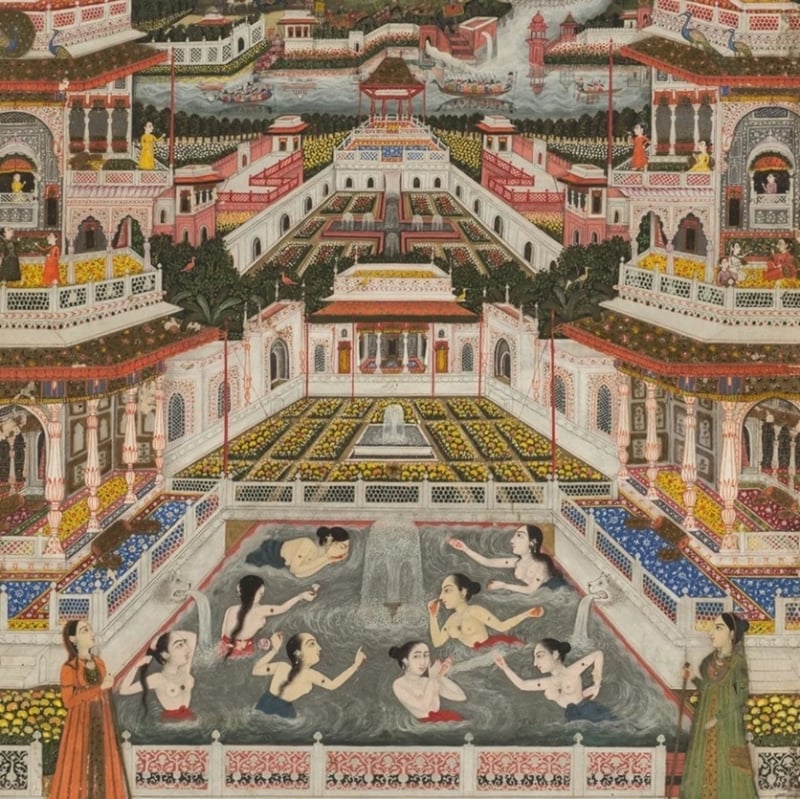
Fig.4 Women bathing before an architectural panorama, c.1765, Lucknow Artist Fayzullah
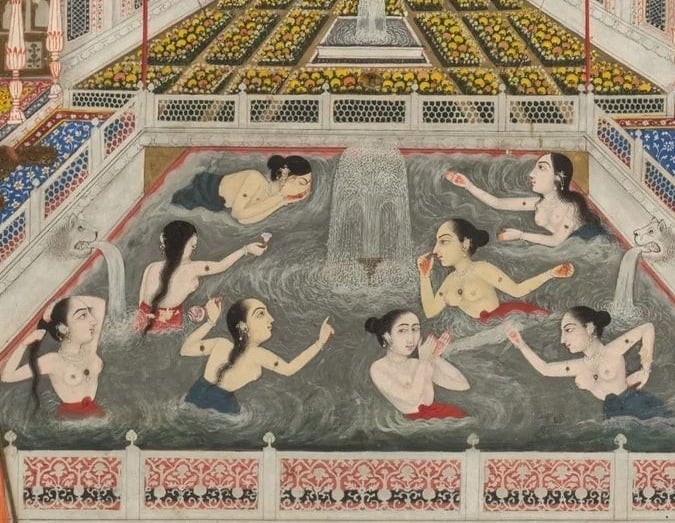
Fig.4a
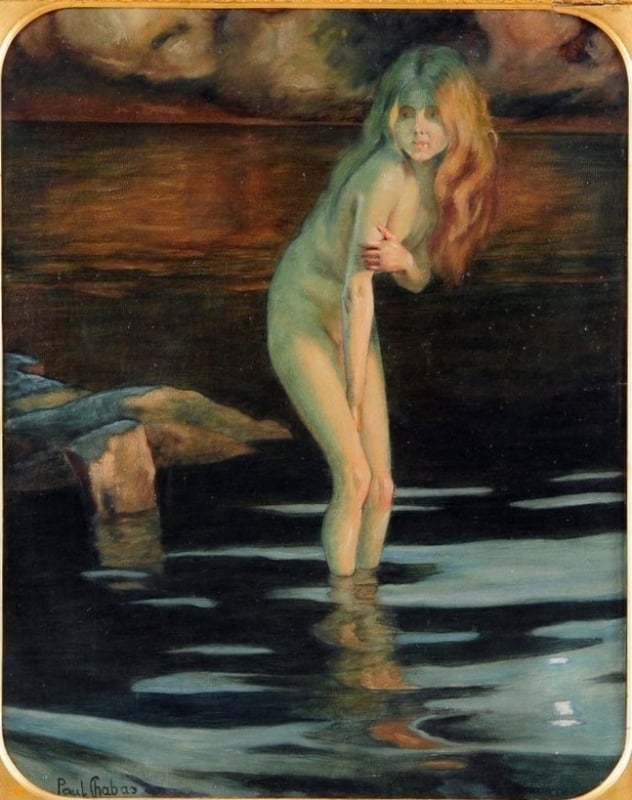
Fig.5 Paul E. Chabas, The Bather, 1905-10
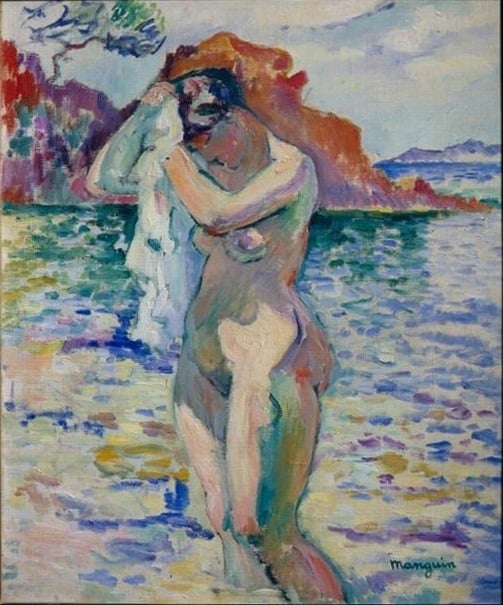
Fig.6 Henri Manguin, Woman Bather, 1906
Sensuous Language
In the eighteenth century, bathing scenes flourished in the playful, naughty, sensuous language of the Rococo masters such as François Boucher and Jean-Honoré Fragonard who painted nymphs and shepherdesses bathing in dreamlike landscapes, transforming the motif into a celebration of leisure, beauty, and erotic charm. The bathers here are less mythic figures and more figures of playful fantasies for aristocratic patrons; decorative, light-hearted, and indulgent.
Mughal Miniatures
Parallel to Europe, South Asian art cultivated its own rich iconography of female bathers. In Mughal and Rajput miniatures, women bathed in rivers, tanks, or palace gardens, often in the presence of attendants or under the imagined gaze of a lover. These scenes mingled eroticism with refinement, situating the female bather within a cultural world of poetry, music, and courtly romance. Water symbolized not only physical refreshment but also spiritual longing, the currents of desire flowing through both body and soul.
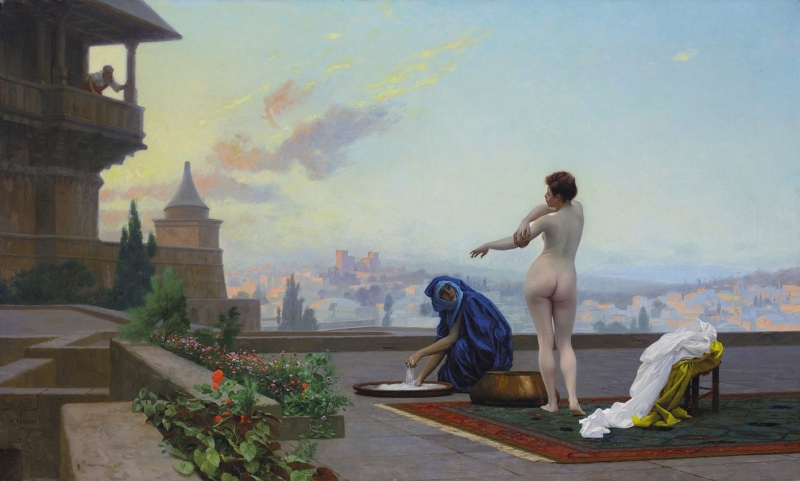
Fig.7 Jean-Léon Gérôme, Bathsheba, 1889
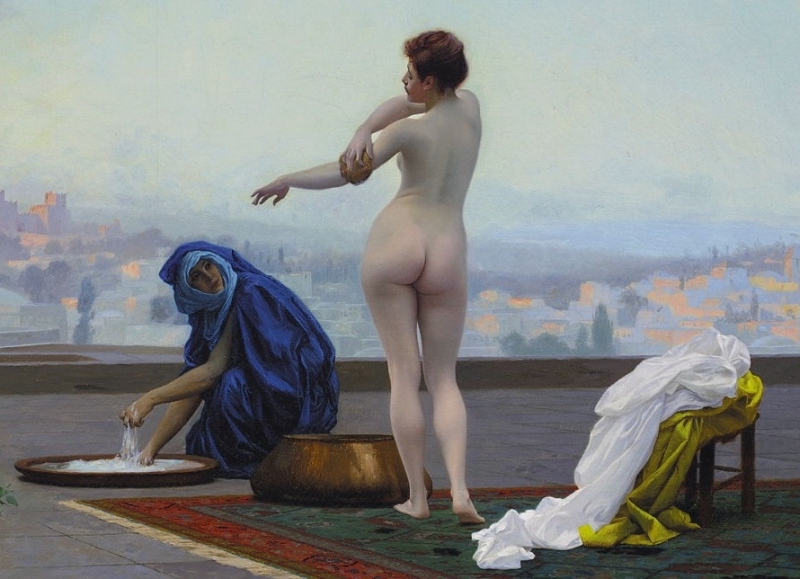
Fig.7a
Become a Premium member now and check out the extended version of the article including a further exploration of the theme of the 'female bather' and many more tantalizing highlights from art history.
Click HERE for the "little bathers" of Swiss-French artist Félix Vallotton
Let us know what you think about the "Bathing Beauties" article in the comment box below...!!

